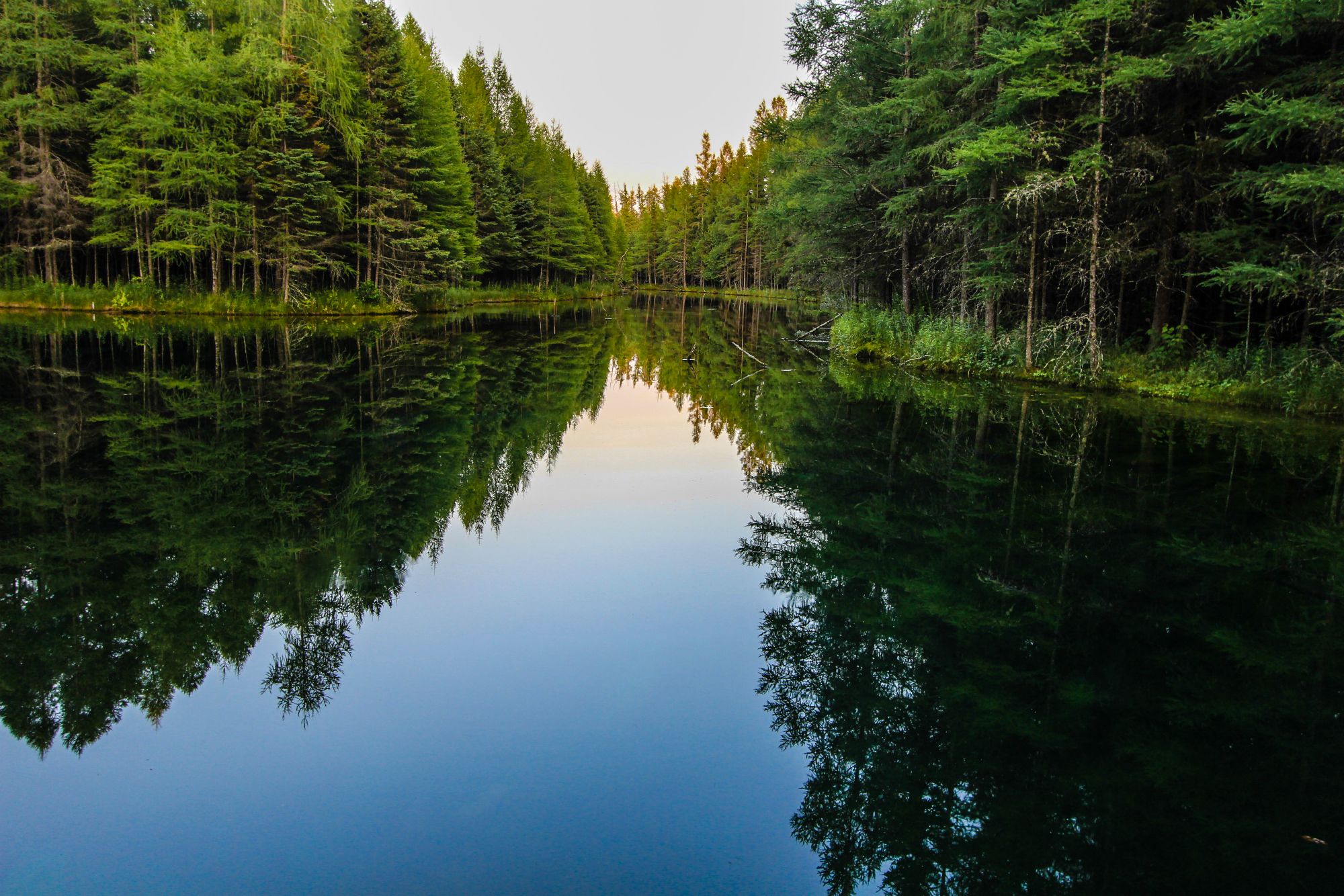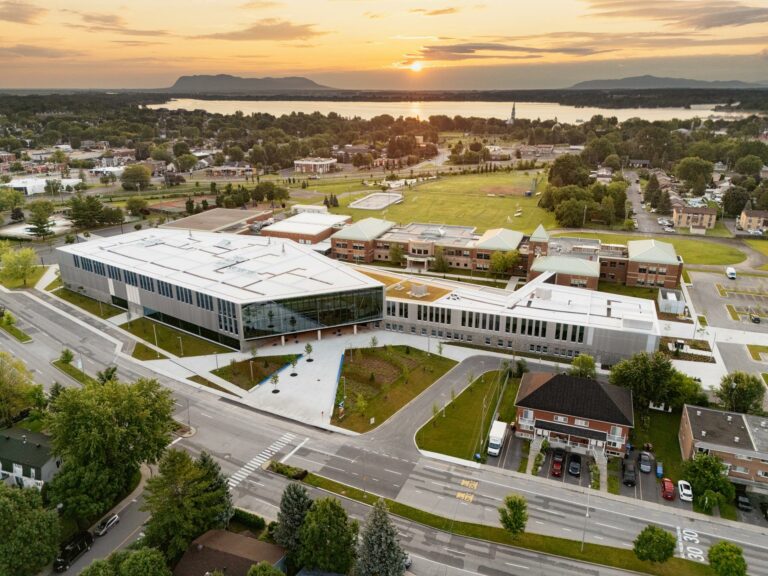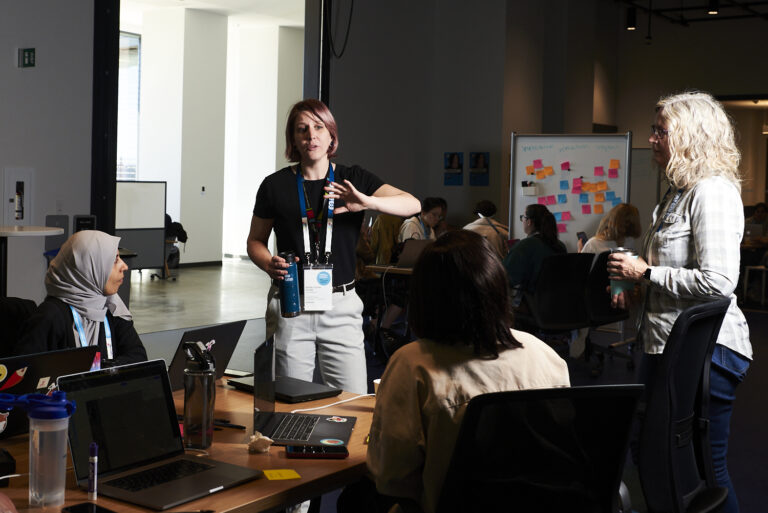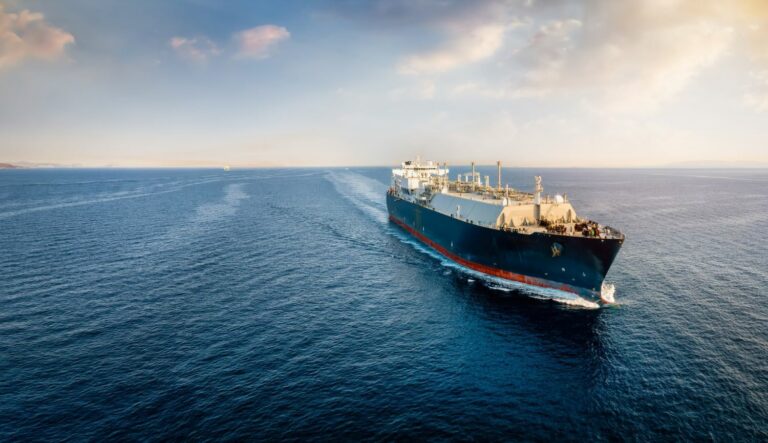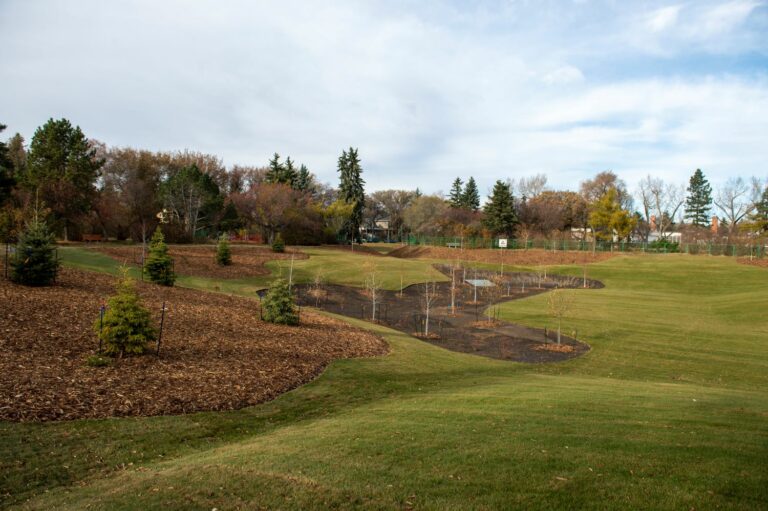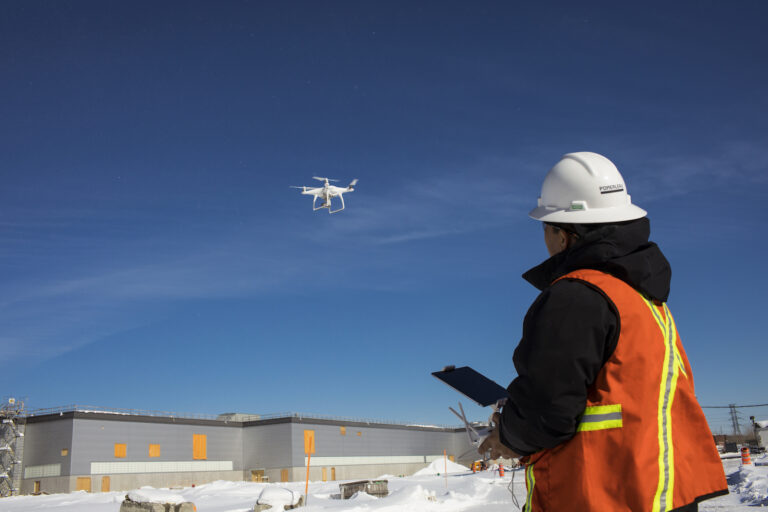Only a small fraction of the Earth’s water resources are potable and the parallel pressures of climate change and global population growth are further stressing our readily available clean water supplies. That type of water – the kind that can be easily and safely consumed – is in relatively short supply. Although the developing world experiences the greatest impacts, North America is increasingly challenged to maintain both the quantity and quality of our precious clean water.
Wastewater is a significant area of concern for water health, as chemicals like nitrogen and phosphorus – frequently used in agriculture – increasingly pass through wastewater treatment plants (WWTPs) and are discharged into vulnerable lakes and streams. This upsets precariously balanced ecosystems.
While nitrogen and phosphorus are essential components of aquatic ecosystems, they are problematic in high concentrations. Too much of either can cause a chain reaction including runaway algae growth and reduced oxygen content in the water. In the Great Lakes, large quantities of nutrients have recently spurred algae blooms, which threatens biodiversity, human health and the economy.
The risk is even greater where nutrients pollute groundwater. Even low levels of nitrate and nitrite are hazardous to drink; these chemicals must be filtered out before they reach drinking water sources.
To counter the problem, WWTPs have employed Biological Nutrient Removal (BNR) systems, which separate the water from the solids and lower carbon, nitrogen and phosphorus concentrations to improve effluent quality. Biosolids are subjected to biological nitrogen removal and enhanced biological phosphorus removal before being recycled back into the BNR system as a source of alternate carbon. The result is clean, safe effluent sent back into our waterways.
For WWTPs, this solution is not as simple as merely installing a BNR system. BNR requires an outside source of carbon. Methanol, glycerol and acetic acid are commonly used as carbon sources, but these materials are also expensive and toxic. This causes both logistical and financial challenges for BNR system operations. However, there are alternatives. For example, the LysteCarb® solution by Lystek International overcomes these challenges and improves BNR systems by providing efficient and cost-effective, high-quality organic carbon for use in this process.
Climate change and a growing population mean we cannot afford to waste our valuable resources. LysteCarb offers a solution that can reduce both the high costs and chemicals that flow through BNR systems while keeping high concentrations of nutrients out of our lakes, rivers and drinking water. As the effectiveness of BNR systems hinges on the availability and price of carbon, LysteCarb’s organic carbon is an important tool in the fight to preserve the health of our water resources.
To learn more, please visit our website.

